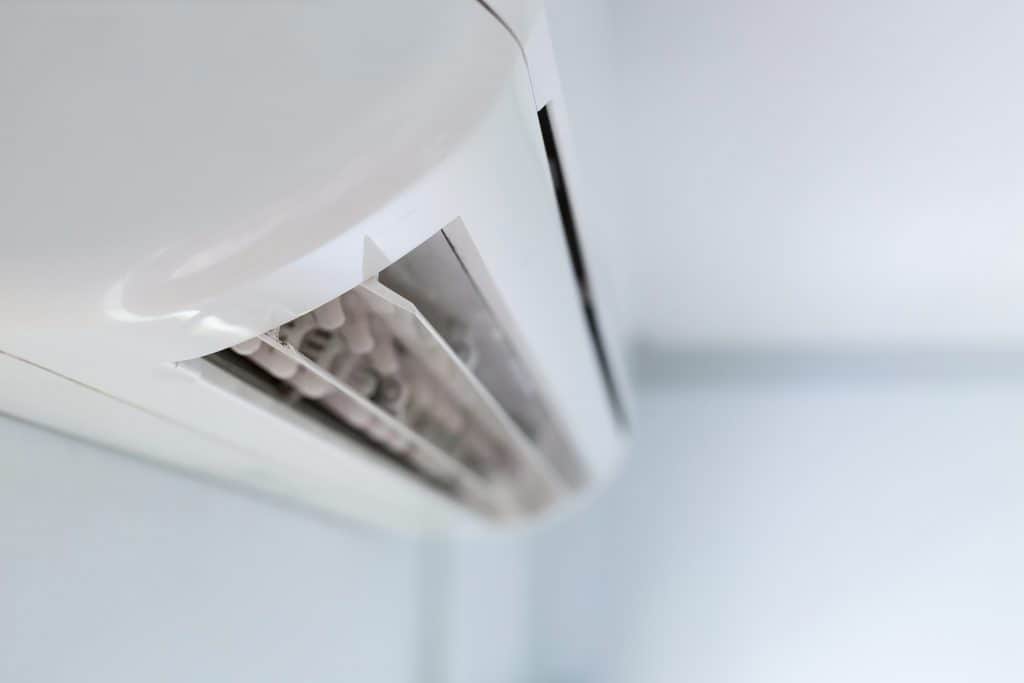
Summer vacation is the best, especially because there are so many fun activities to do when the weather is nice. But sometimes, it gets too hot and there needs to be a place to escape the heat, especially when you are out camping.
If you are new to the RV scene or need a little troubleshooting, this article will give you some helpful insights and “how to” instructions” for keeping your RV cool and comfortable through it’s AC unit.
How Does an Air Conditioning Unit Work?
First things first! A good start in knowing how to use an AC unit is to actually take a look into how the AC unit operates before we start flipping switches. The neat thing about these systems is they are actually very similar to how refrigerators function, so you’re getting more helpful information than you bargained for!
RV AC units do cool down the place, but maybe not in the way you were thinking. Instead of producing cold air out of the unit, air conditioners actually suck the heat and moisture out of the air to cool down your cabin. Nifty right?
As hot air is sucked into the unit, it changes state from a gas to a liquid and then back into a gas. So hot intake that will eventually end up on the outside with a circulation process that will cool everything down. Once the AC unit takes the heat from the room, that’s when the cooling process starts.
It’s a lot of science-y things with coolants and compressors etc, but the thing to know is that your system works in a pretty neat way.
Air conditioning units are a little bit limited in RVs because of the intake system. Instead of being able to just produce air that is chilled to your liking, it has to process the heat in the cabin to a lower degree–meaning it will be in increments and depending on the temperature that is being sucked into the intake will affect how cold it gets in your cabin.
Typically RV AC units have a temperature conversion increment of about 20 degrees.
What this means is that your RV may be really hot, like 100 degrees, but your AC can only drop the temperature down about 20 degrees. Doing a quick bit of math here, the air temperature will be around 80 degrees. It wouldn’t be able to go lower than that unless the intake temperature dropped a little bit.
Don’t worry, your unit is working even if it is blowing warm air, the outside temperature will just effect it until the AC starts kicking in to cool things off.
In the next couple of sections, I will help you figure out how to use your unit effectively and efficiently, so you can enjoy the luxury of your RV sooner rather than later–i.e. earlier than when the sun goes down–so you can go inside.
1. The “How To” Tip
First, how to turn the air conditioning unit on.
Everyone’s RVs are a little different in style and make, However, it’s pretty lucky that the AC units in most of them are the same, with maybe a few variations. Technology has advanced quickly, but AC units have stayed about the same for a while.
Your AC unit is conveniently located at the center of your RV, they are hard to miss as they are usually spanned across the top of the ceiling. Let’s hope you can reach! Vents will be located on the AC unit itself or to the sides. Pay attention to the vents! It’s what will help your unit work more effectively and save energy.
The actual AC unit– where all the fancy hot to cold conversion gizmos are stored- is on the roof of your RV, if for some reason we get to the end of this article and find that these tips and tricks aren’t getting your AC to work, checking out that unit up top–safely– may be an option.
As an FYI. When you go up to check the unit or to cover it in the winter time, don’t wear shoes that could tear a hole through the top by making sure your shoes aren’t spiked or have loose rocks stick in the soles.
If you can access the roof of your RV via a ladder, just don’t stand in the center of your RV, you might fall through the top. Free sunroof that you didn’t want and that would be bad. Maybe have a professional check it out.
On a more serious note, this is how you get started.
First, make sure you have enough power coming from a generator or are plugged into a 30 or 50 amp outlet. In order for you to get your AC the juice it needs to cool down your camper, it will take a consistent energy source.
If the camper doesn’t have enough battery or isn’t plugged into an outdoor outlet, the AC will surely shut off! Be aware as well of how much electricity your AC unit will need to run so that you can make sure you will have enough energy to support the feature.
After you are plugged in or your generator is up and running, you can turn your attention to the internal unit where you can start controlling the weather in your RV. To control the temperature there are two knobs you will notice on the surface of the internal AC unit to get it going.
Your unit may have a little different wording on the dials but the function is the same. For the first knob that controls the fans, you will see settings like this…
- High / High Fan
- Low fan
- Low Cool
- High Cool
You will also see a second knob that will represent the heat setting and the cold setting aka the thermostat. You will need to turn both dials –the fan dial and thermostat– to the preferred balanced setting you would like.
I mentioned a balanced setting because extreme temperatures without the right amount of air flow will affect the life span of your unit. Just like how your mom warns you not to listen to loud music as you’ll go deaf? Same kind of a concept… sort of.
But as much as we love our AC units, sometimes we misuse them shorting either their life span or performance in our RV, so here are a few tips and tricks to get that unit up and running in good shape that are easy to do!
2. The Early Bird Who Turns on the AC Gets the Worm
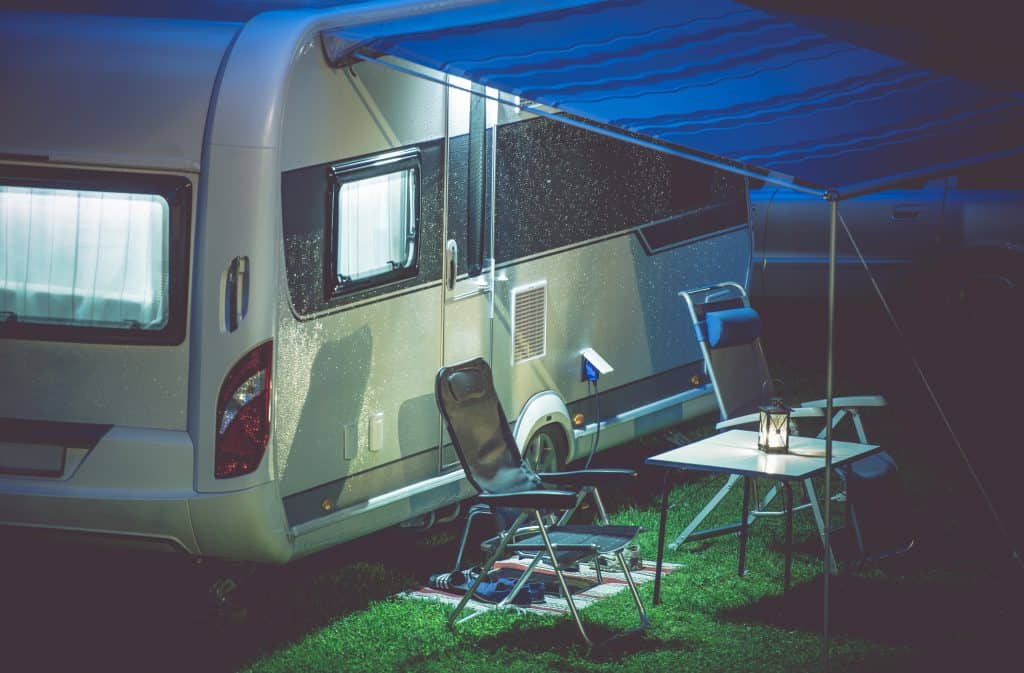
There are a few things you can do to get the jump on controlling hot temperatures. If you are plugged into the outdoor outlet (at least 30-50 amps) or have enough energy from your generator, some RV owners leave their AC unit on during the day while they are out and about.
This allows your camper more time to cool down, maintain the comfortable temperature you experienced that evening and use less energy instead of just blasting the unit every few hours. That will cause some stress on the unit and on yourself.
If you want to even go the extra mile, turn the AC unit on at night, not just during the day, as it allows the unit to keep the cold air circling in your RV more consistently–saving more energy.
Overall your unit won’t have to work as hard defeating the sun. It may be a little chilly for you if you have it on getting up in the morning, but the idea is low and slow so it will be a maintained cabin temperature and not lava HOTTTTT or Arctic Cooooollldddd. By the time you get home from a long day, your RV will be refreshing.
Another way to utilize the fans is to do the “blast the AC trick” by turning the fan on high, the temperature to the coldest setting for a while and possibly leaving a door or a window open. This will give the air a good kick start for sure, just don’t leave it on the whole time as it burns a lot of energy.
After you start feeling the cabin cool down, turn down the fan AND the temperature. If not, it may freeze the coils in your unit making it not work as well or the air come out feeling warm.
By the time you get back to your RV after trying this, it should already be cool and comfortable. If not though…. here’s another tip!
3. Clean Your Filters
If you turned on your filter and cold air is not coming through the vent or it is low. Your issue may be that the filters/ vents are clogged or at least the openings are obscured.
Depending on the RV you have, you may have the filters attached to the actual unit where the dials are like off to the sides. If not, along with the ceiling there should be other vents that can be removed.
Whether they are attached to the unit or not, the concept for cleaning them out is the same. Just remove the grill (may or may not have screws) shake out debris outside or throw it away and rinse with warm soapy water. Let it dry and place it back into the vent.
Easy peasy! It will also enhance the life of your filters, give you more accurate temperature control and help save energy as the system won’t have to work as hard.
If your filters and temperature control are all looking good, but things still aren’t cooling off, here is another tip that can help you out!
4. You’re Keeping the Heat in! Close the Door!
In the winter, we understand the concept of “keeping the door closed to keep the heat in” is quite helpful. And on the flip side open the door, and you will cool things off, right? But in the summer things work just a little differently for your RV’s air conditioning system. Opening a window might not actually be the best thing to help your RV cool off for the long term.
Above we mentioned doing the AC blast and opening a door or a window would help for a little bit, but pretty soon your temperature will level out and won’t be able to get any colder. Your unit will be pulling in the hot air outside and not what is in the cabin so you could still be experiencing high temperatures inside.
So, close the doors and windows! Another helpful tip for making sure things are closed up is actually covering up the windows that are letting in the sunshine during the day. A simple fix would be to pull the shades down or put reflective sun shades up in the windows.
For the sun roof up top, RV outlet stores may carry little reflective pillows that you can actually stuff up in there to keep the sun out! Pretty nifty!
5. Turn the Lights Down Low!
A lot of the time, we forget that light bulbs pack a lot of punch in how much heat is being put off. Ever owned an Easy Bake Oven? You can cook a brownie under one of those bulbs! Either way, with all the lights on in your RV, you can switch to LED lights to help with a little heat admittance.
If that sounds weird, let me explain myself! A regular light bulb emits mostly heat as it’s energy and just a small part is actually light, but because technology is amazing,
LED lights have been figured to where most of the energy that would have gone to heat are now more focused on light so it saves energy and cost to you in how often/much you spend in replacing your light bulbs as well.
There are lots of mini science lessons in this article, but the more you know the better!
The “What If All Else Fails Plan”
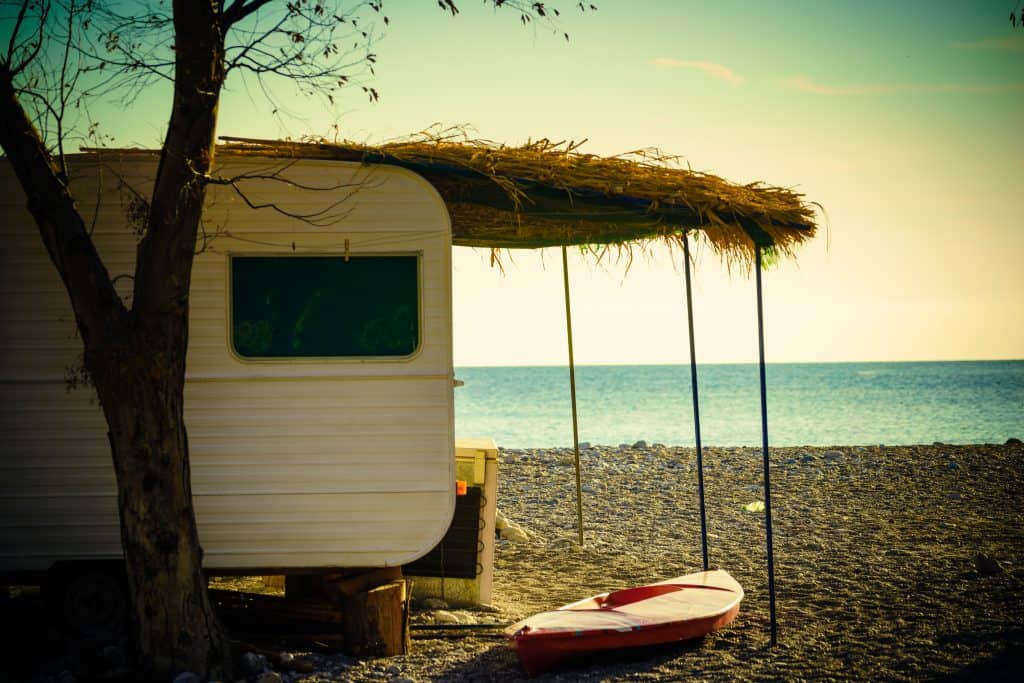
Some RVs don’t have the energy needed to power an AC unit as it takes a lot to keep one going. If you are without a way to get connected to a power source, you could be feeling quite hot for most of your trip.
I love getting creative– MacGyver style. Especially when I go camping, I feel like there is always something that goes wrong or you have to adapt to, but there is no reason why we can’t outsmart nature’s obstacles. Here are a few ideas that could help you out!
- Park in the shade of your campsite. Even if it is just partial shade it will save you a little bit of a heat wave.
- Do things during the day so you won’t have to face the full day’s heat in your RV! Go outside! Enjoy the weather there.
- Park near a water source. If you do this you can go jump in the lake during the day and stay a bit cooler.
- Remember that even just a little bit of airflow, even if it is warm air, helps cool our bodies down. If you need to keep a window open or the door that will help circulation!
- Bring a battery-powered fan that you can have with you! That can be personalized or even stay in the main cabin while you play games.
- Use your appliances less during the day, like the oven, toaster or microwave.
- Turn on the fan! Usually, there are fans in the bathroom that help wick away moisture from the shower, so if you leave the door open and turn on the fan it will help regulate the air flow.
- If your RV has an awning or a shade feature, that also helps keep the place cooled off!

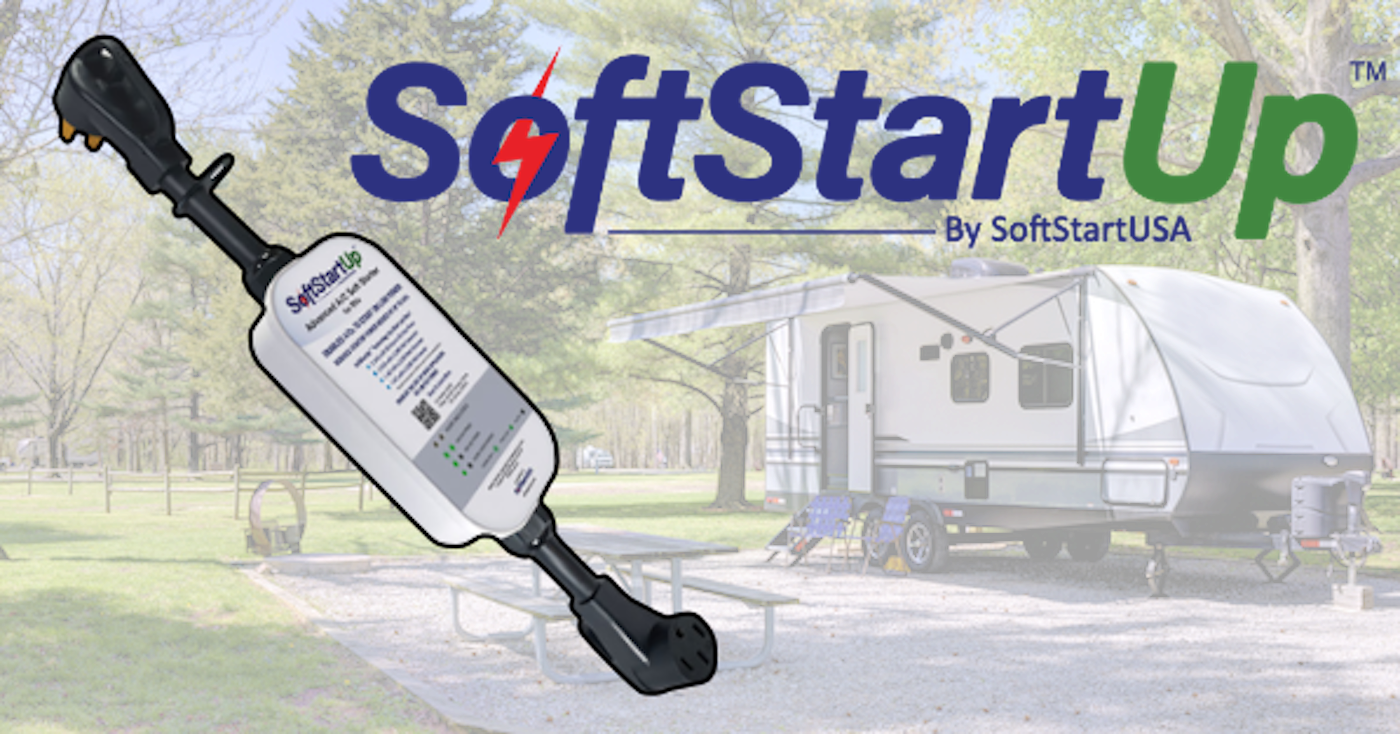
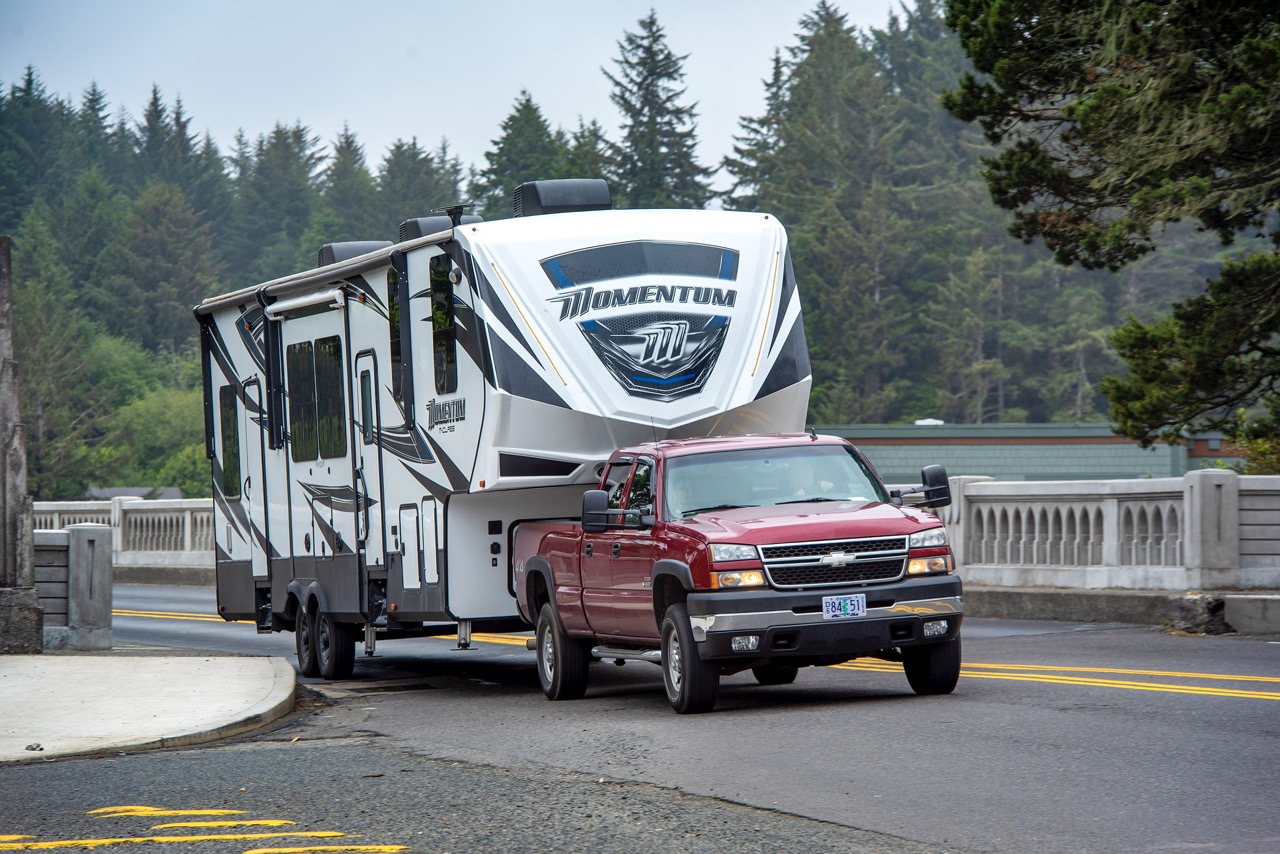

Unit froze up it was set at 78 and the outside temperature is upper 90s left off the day and started cooling again the wife said it sounded like a buzz when it started but never started. This happened this morning any suggestions?
How to get rid of mold or mildew in my rv ac unit
Thank Jim! I appreciate your post!! Very helpful; very “cool” …. LITERALLY!!!
Should the air vent be open or closed in the camper. I always kept it open and the air blows down. I was recently told that it should be closed.
If you are talking about the unit in the middle of your trailer….I keep mine open just a millimeters or so. That way air is forced to the other vents. Think of it like adjusting your dampers at home to even out the temp in different rooms.